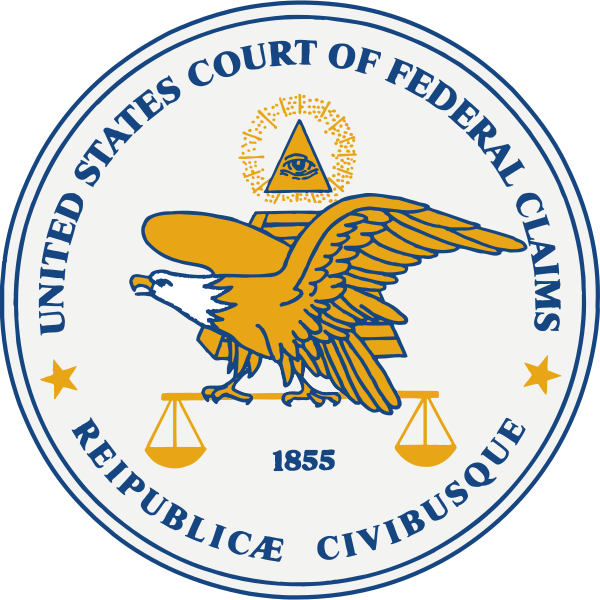Originally published on Forbes.com July 17th, 2013
If you disagree with the IRS when they tell you that you should pay more tax, there are two approaches once you are done appealing within the IRS. You can file a petition with the Tax Court. There is a pretty tight timeline for that. Generally you have 90 days and they are pretty unforgiving if you are late.
The other approach is to go ahead and pay the extra tax. Then you file a refund claim with the IRS, which they will likely deny. Then you can go to regular federal courts, not the Tax Court. It is a much more leisurely process. You have two years from the time the IRS disallows your claim. I have a hard time believing that someone could blow that deadline, but I also have a hard time figuring out why people who are paid millions of dollars to play basketball ever miss foul shots. A recent Court of Claims case (Langan v US) parses the fine points of the deadline.
James Langan was the executor of the estate of Eleanor Langan. On July, 9 2007 the IRS issued a deficiency notice in the amount of $378,000 to the estate. The estate paid and then filed a refund claim on May 28, 2009. The IRS sent the estate a notice of disallowance by certified mail on December 16, 2009.
Plaintiff sought to challenge that disallowance by mailing his complaint to this court on Thursday, December 15, 2011. “It was not delivered until December 19, 2011,” however. The clerk stamped December 19, 2011, as the filing date for the complaint.
You may have heard of there being a “timely mailed, timely filed” rule. That rule applies to tax returns that are required to be filed. This was neither a tax return nor was it “required”. The government would be fine with just keeping the money.
Defendant points out that this filing date is more than two years after December 16, 2009, the date on which the notice of disallowance of plaintiff’s refund claim was mailed. It thus moves to dismiss the complaint for lack of jurisdiction because refund suits may not be filed “after the expiration of 2 years from the date of mailing by certified mail … of a notice of the disallowance.”
Mr. Langan argues that the complaint should be considered timely, because he had every reason to believe that it would get to the Court on the 16th:
In support of his motion, plaintiff attaches an affidavit from his attorney. Counsel states that he mailed the complaint as express mail at 11:00 p.m. on December 15, 2011, using the 24-hour window of the Dorchester Street post office in Boston, Massachusetts. Counsel concedes that the “Track & Confirm” record shows a guaranteed delivery by December 17, 2011. He asserts, nevertheless, that he “was given every indication that notwithstanding the December 17, 2011 guarantee, barring some unforeseen circumstance, the complaint would be delivered before 12:00 p.m. on December 16, 2011.” . According to counsel, he relied on the advice of a postal clerk, who “expected that both first-class and express mail addressed to government offices, be delivered the next morning in Washington D.C.” .
Counsel also relied on his 20 years of experience in mailing documents to the court, specifically his previous use of the 24-hour window. He asserts that as long as packages are mailed at this window before midnight, “they are delivered in Washington D.C. the next business day.”
The Court did not buy the argument.
The Postal Service website, however, warns that a package must be delivered at the 24-hour window by 8:00 p.m. to ensure delivery by 12:00 p.m. the next day. As to later drop-off times, the website advises customers to check with the local office, but it is silent as to what commitments apply in that case, and as counsel admits, his package only had a “December 17, 2011 guarantee.”
It must be an interesting story as to how a filing two years in the making is being sent on its way with something like 18 hours left on the countdown clock. Nonetheless I can’t help but think what I would have done if I were in Dorchester at 11:00 PM with a $378,000 claim that needs to be delivered to the Court of Claims before the close of business the next day. One thing is clear. I would buy three bottles of Mountain Dew and fill my gas tank. The only decision to make would be whether to spend the extra miles skirting the metro New York Area or just barrel down I-95.
You can follow me on twitter @peterreillycpa.































































































